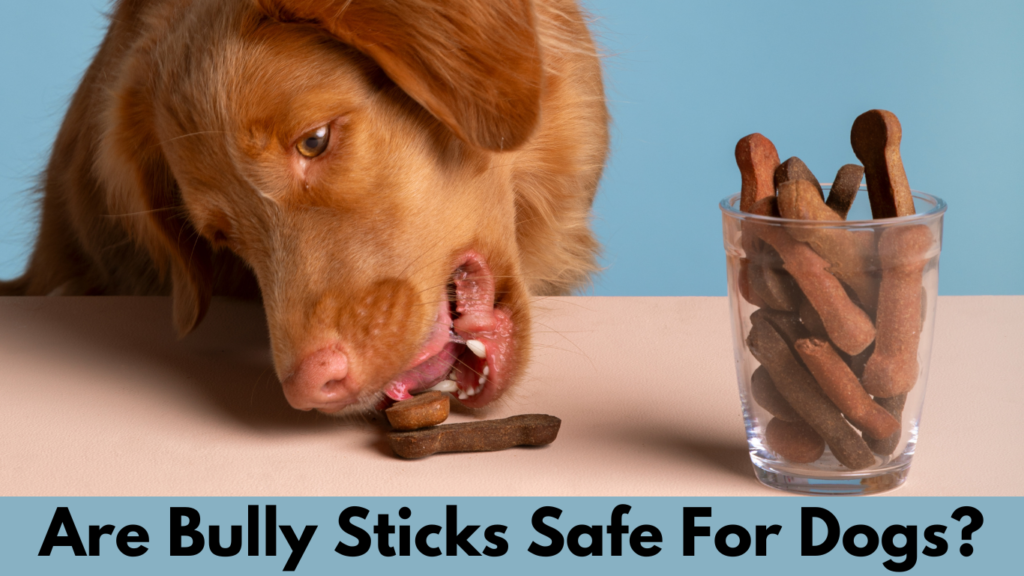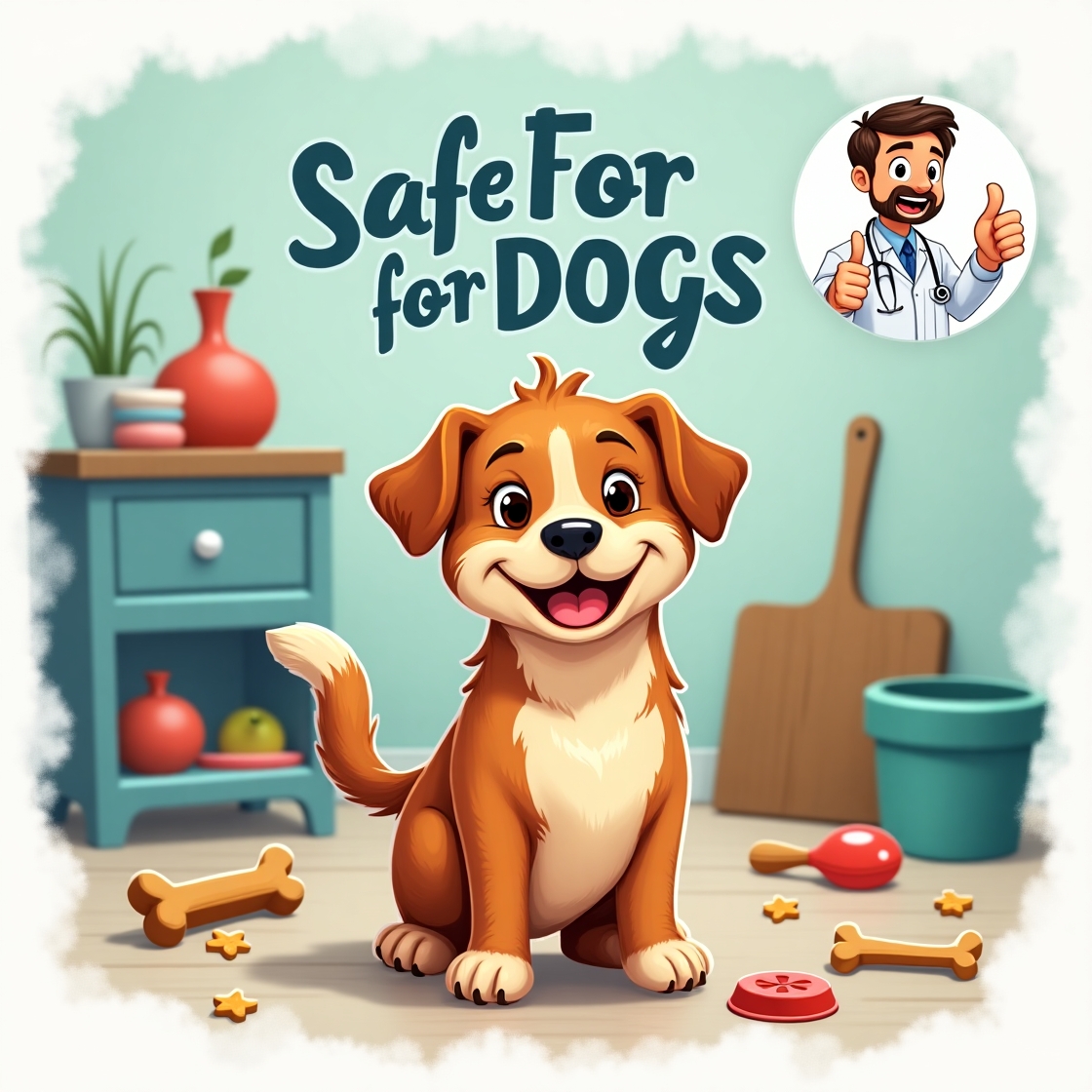Introduction
If you’re a dog owner, chances are you’ve heard of bully sticks. These natural chews have become a go-to treat for many pet parents. But are they truly safe for your furry friend? Let’s dive into the benefits and potential risks to help you make an informed decision.
Nutritional Benefits of Bully Sticks
Bully sticks aren’t just tasty; they’re packed with nutrition. Here’s why they’re so popular:
High in Protein
Dogs thrive on protein, and bully sticks are an excellent source. They help support muscle development and overall energy levels.
Low in Fat
Unlike some other treats, bully sticks are low in fat, making them a healthier option for dogs that need to maintain a balanced diet.
Essential Vitamins and Minerals
Bully sticks contain important nutrients like magnesium and calcium, which contribute to your dog’s bone and dental health.
Are Bully Sticks Safe for Dogs?

Digestibility
One of the top concerns for dog owners is digestibility. Thankfully, bully sticks are highly digestible, breaking down easily in your dog’s stomach.
Natural Ingredients
Most bully sticks are made from a single ingredient—beef pizzle. This means they’re free from artificial additives and chemicals, which is great for dogs with sensitive stomachs.
Choking Hazards and Safety Concerns
While generally safe, bully sticks can pose risks if not used properly.
Risks of Choking and Obstruction
Large pieces of bully sticks can become a choking hazard or cause gastrointestinal blockages. Always ensure your dog chews appropriately sized pieces.
How to Prevent Choking
Monitor your dog while they enjoy their chew, and take away small or broken pieces to prevent accidental swallowing.
Quality of Ingredients
High-quality bully sticks are essential for safety. Look for products that are 100% natural and free from preservatives or harmful chemicals.
Health Benefits of Bully Sticks
Promotes Dental Health
Chewing on bully sticks helps reduce plaque and tartar buildup, keeping your dog’s teeth clean and healthy.
Satisfies Chewing Instincts
Dogs have a natural urge to chew, and bully sticks offer a safe and satisfying outlet for this behavior.
Supports Mental Stimulation
Chewing isn’t just good for their teeth; it’s also a great way to keep their minds active and engaged.
Choosing the Right Bully Stick for Your Dog
Size Considerations
Select a bully stick that’s appropriate for your dog’s size. Smaller dogs need thinner sticks, while larger breeds require thicker ones.
Shape and Texture
Some bully sticks are straight, while others are twisted or braided. Choose a texture your dog enjoys.
Sourcing and Brand Transparency
Opt for reputable brands that source their products ethically and provide clear ingredient information.
How to Properly Store Bully Sticks
Keeping Them Fresh
Store bully sticks in an airtight container to maintain freshness and prevent them from becoming too hard.
Preventing Bacterial Growth
Keep them in a cool, dry place, and avoid exposing them to moisture, which can lead to bacteria.
Common Myths About Bully Sticks
Are They Rawhide?
No, bully sticks are not rawhide. They’re made from fully digestible beef muscle, making them a safer option.
Do They Contain Harmful Chemicals?
High-quality bully sticks are free from harmful chemicals. Always check the label for assurance.
Tips for Safe Usage
Supervise Your Dog While Chewing
Never leave your dog unattended with a bully stick to avoid any mishaps.
Limit Consumption to Avoid Overfeeding
Too much of a good thing can lead to weight gain. Stick to one bully stick per day, depending on your dog’s size and dietary needs.
Alternatives to Bully Sticks
Natural Chews
Antlers, pig ears, and beef trachea are excellent alternatives for dogs who need variety.
Synthetic Options
For dogs with dietary restrictions, synthetic chew toys can provide a safe and long-lasting option.
Homemade Dog Treats
If you prefer complete control over ingredients, try making your own dog chews at home.
When to Avoid Bully Sticks
Dogs with Specific Dietary Restrictions
If your dog has special dietary needs or allergies, consult your vet before introducing bully sticks.
Puppies and Senior Dogs
Young puppies and older dogs may have difficulty chewing bully sticks, so softer alternatives may be better.
Conclusion
Bully sticks offer numerous benefits, from promoting dental health to satisfying your dog’s chewing instincts. While generally safe, it’s crucial to supervise their use and choose high-quality products. By doing so, you can ensure your pup enjoys a healthy, happy chewing experience.
FAQs
- Can puppies have bully sticks?
Puppies can have bully sticks, but it’s best to choose smaller, softer ones to avoid strain on their developing teeth. - How often should I give my dog a bully stick?
Most dogs can safely enjoy one bully stick per day, depending on their size and dietary needs. - Are bully sticks better than rawhide?
Yes, bully sticks are more digestible and safer than rawhide, which can cause blockages. - How do I know if my dog is allergic to bully sticks?
Watch for signs like itching, vomiting, or diarrhea after your dog eats a bully stick, and consult your vet if symptoms occur. - What should I do if my dog swallows a large piece?
Contact your vet immediately, as large pieces can cause choking or blockages.

